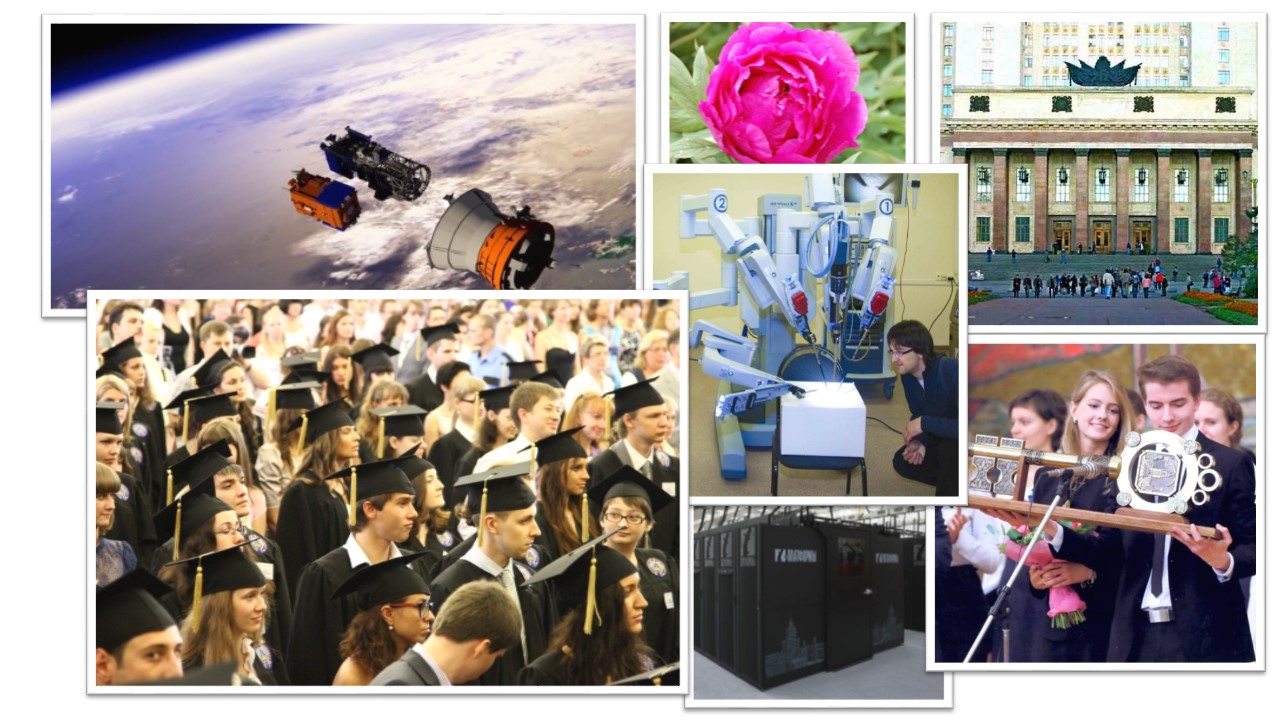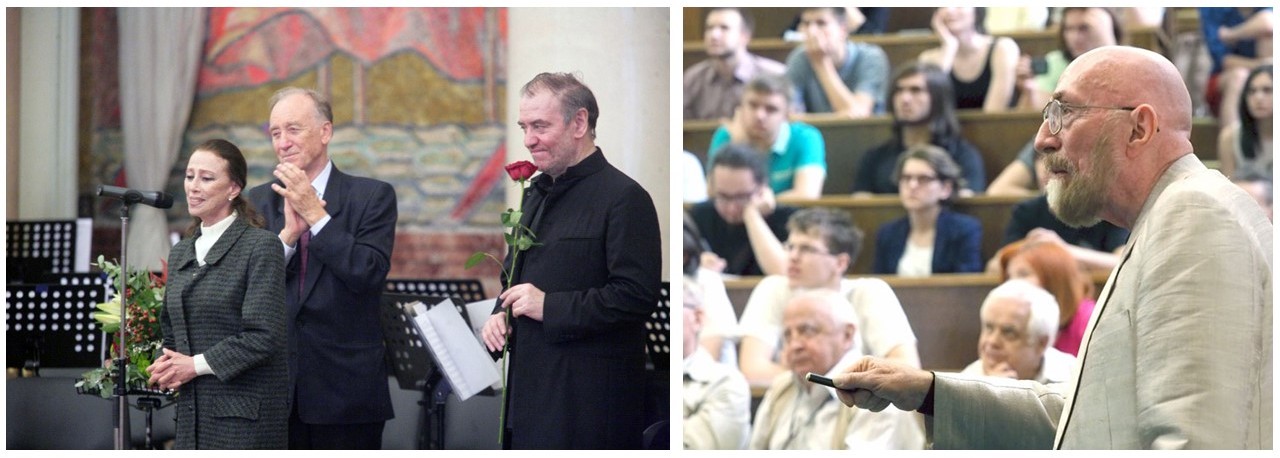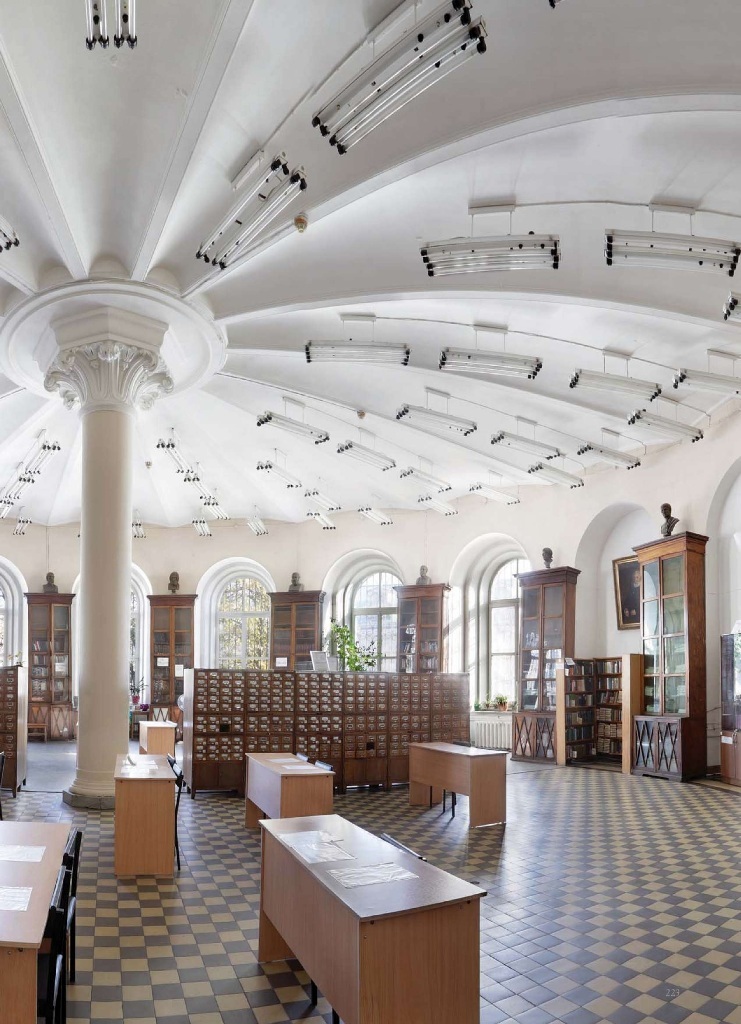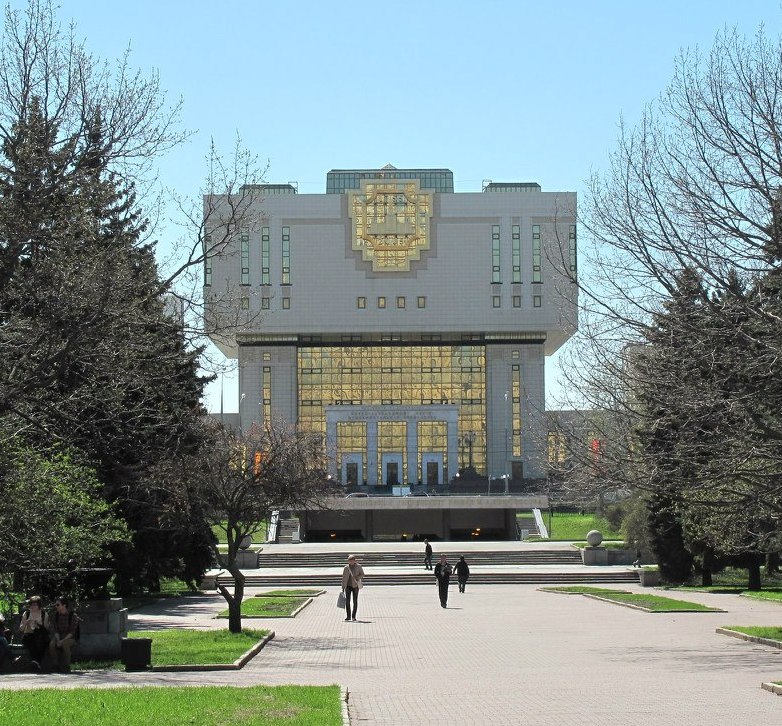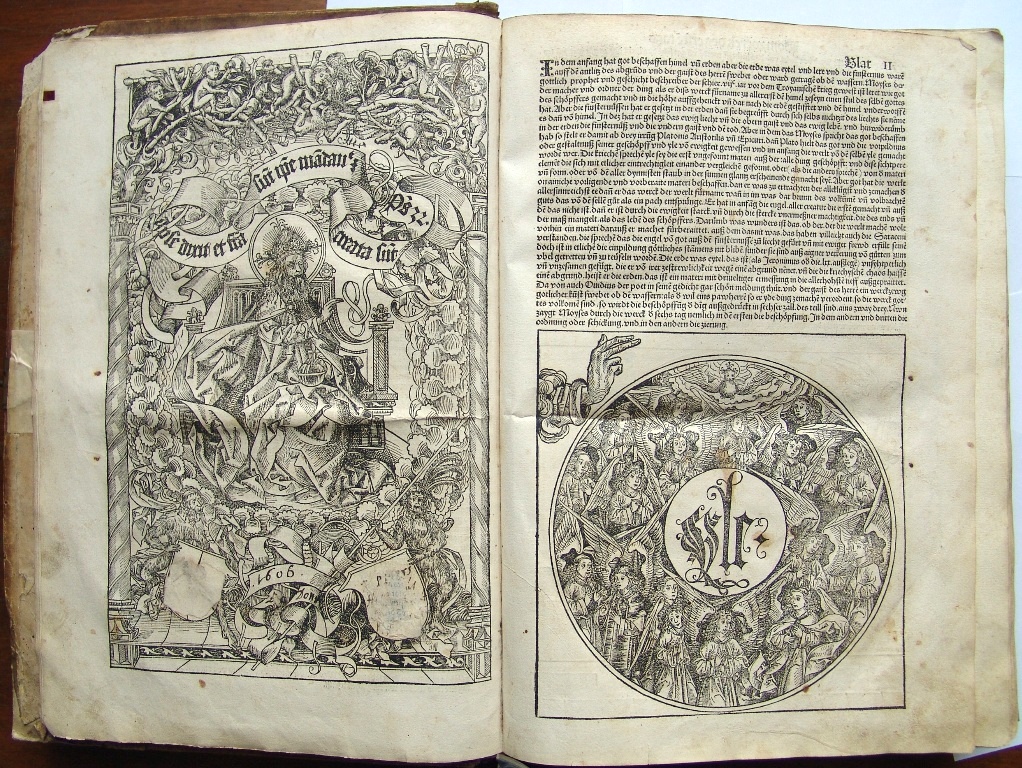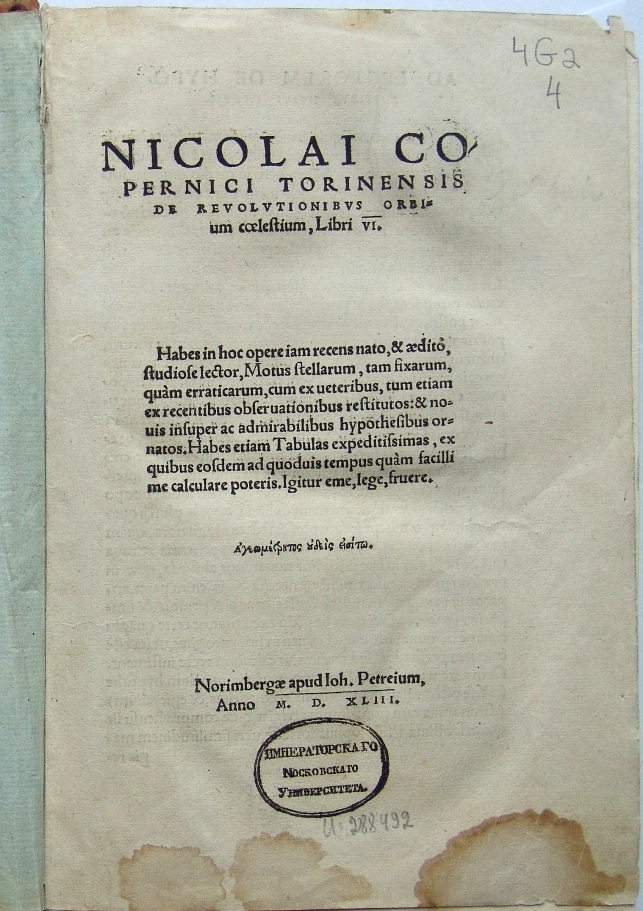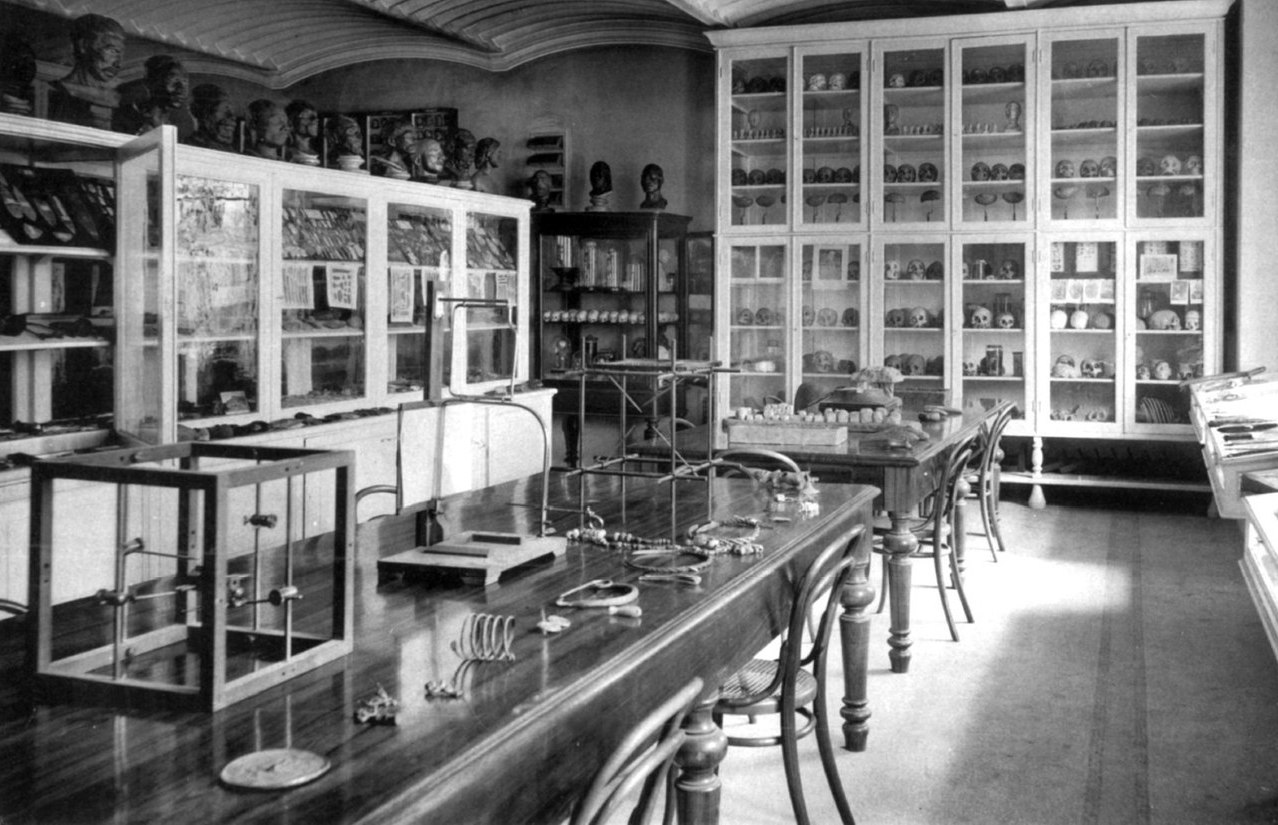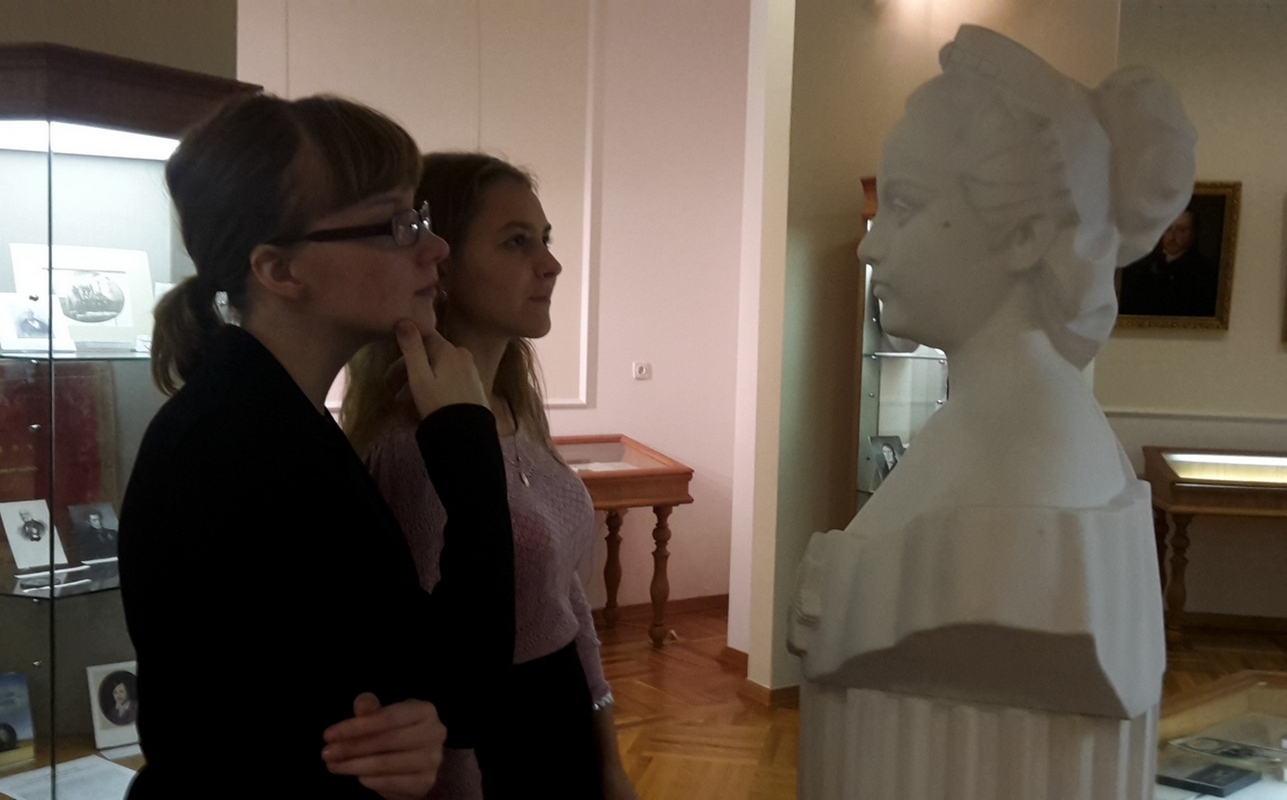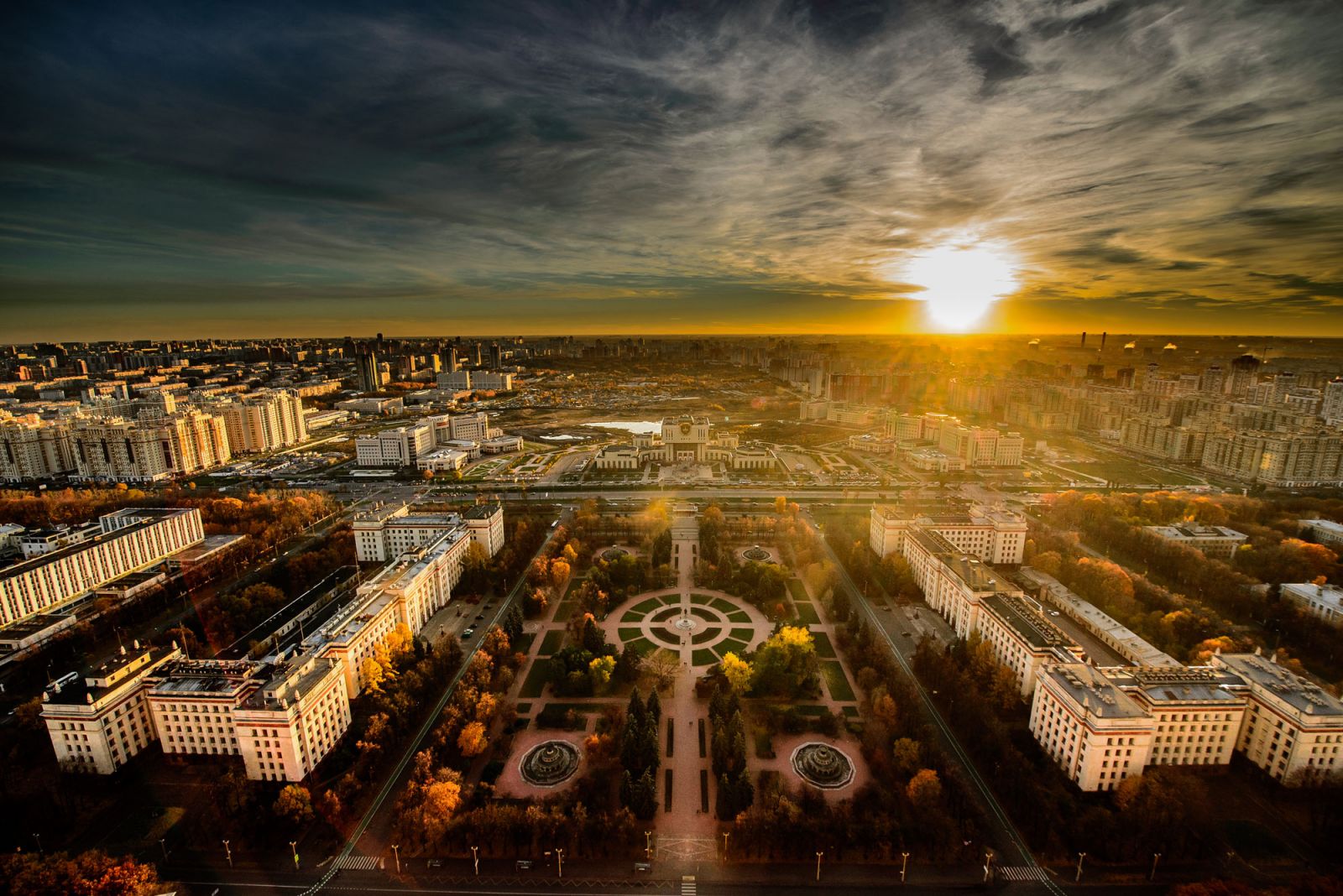About Moscow State University
Lomonosov Moscow State University was the first to be established in Russia in 1755 and now it is the largest institution in the Russian Federation doing high-quality research and sustaining teaching excellence for nearly three centuries. In 1940 Moscow State University was named after one of the University’s founders Mikhail Lomonosov, the prominent Russian scientist of the Enlightenment, whose unsettled encyclopaedic mind and energy outlined the design as well as gave the inner drive to the endeavour further fulfilled by Ivan Shuvalov and patronized by Elizabeth of Russia.
The magnificent Main Building at “Vorobievy gory” (Leninckie gory) attracts visitors from all over the world while its “older” buildings have been mingled with the stream of history of the Russian capital for centuries. The University has always occupied the central position in history of the country, its culture and education. The first building of the university stood right next to the Kremlin signifying its paramount importance to the state. The University has never been and seen as separated from the life of the capital and country.
Lomonosov Moscow State University is the leading academic centre, with all the facilities for advancing education and science provided. Its reputation for outstanding academic achievement is known world-wide and reflects the intellectual achievement of its professors and lecturers (more than 6000), as well as the original research carried out by the researchers of the University (about 5000). Among the most prominent people of MSU are 11 Nobel Prize winners, 6 Fields medalists, and many others.
There are about 50 000 bachelors, master and postgraduate students studying now at MSU. The MSU graduates of the highest caliber and potential are in high demand to ensure the development and well-being of the country. Highly reputed positions of Moscow University in Russia and worldwide has always been defined by its graduates – working in each and every part of Russia and shaping whatever field they got engaged in: education, science or culture. During 260 years it educated thousands of bachelors and masters, postgraduate researches and doctors of science, specialists, completing advanced studies and getting a secondary higher education. The University took a most active part in developing higher education in Russia providing the newly founded universities with staff – former graduates and professors of the University.
The major mission of Moscow State University is to provide the best education possible and to sustain the world-class level of science. To fulfill this aim it is constantly changing and incorporating new technologies of teaching and carrying out research. During the 20th and early 21st centuries, the University nearly doubled the number of faculties. Nowadays there are over 60 faculties and institutes. The University provides a wide range of advanced as well as interdisciplinary courses. In doing so, it has enhanced and strengthened its traditional role as an international focus for learning and a forum for intellectual debate.
Moscow University nowadays is a vast number of buildings, lecture rooms, laboratories, cabinets, offices, dormitories, houses, sport facilities, cultural centres, parks, hundreds of elevators, kilometers of stairs and nearly endless wires and conductors. But what is more, it is the conglomerate of talented people of Moscow State University, whose knowledge and experience change it!
From its early days, Moscow State University has been a centre for lively controversy and cultural life of Moscow, with scholars involved in scientific disputes, literary and scholarly associations, printing the first paper, organizing the first museums and giving the first public lectures. It has always been vigorously engaged with the real world, providing leading officials in all spheres of governing a country’s affairs and endless famous names in every field of professional and artistic activity.
The Cultural centre of the University flourishes giving students an opportunity to enroll on a variety of courses ranging from piano classes to contemporary and historical dances. The series of concerts “By invitation of the Rector…” featured many prominent performers and word-known bands. Denis Matsuev, Valery Gergiev, Tchaikovsky Symphony Orchestra of Moscow - to name just a few – visited the University on numerous occasions and performed for the staff and students.
|
The hall of catalogues of the library on Mokhovaya street
The Intellectual centre – Fundamental Library of MSU
|
Moscow State University meets the needs of its students, researchers and lectures with the largest collection of books, journals and fiction literature in the country. The Library of the Moscow University is one of the oldest libraries in Russia: it was launched in 1755 together with the University. M. Lomonosov established the basic principles of the Library: it should have been accessible to all students and free of charge. For more than a hundred years, the Library of Moscow University remained the only public Library in Moscow. The Library sustained its popularity for more than 260 years and was enriched by numerous books from each and every sphere of knowledge as well as private collections of University’s lecturers and patrons.
It includes the Principal University Library - the Fundamental Library and more than 40 divisions across MSU including the specialised research libraries of faculties, departments and institutions.
Together, the Libraries hold more than 10 million printed items, over 2,5 million is literature published in foreign languages. The Library gets 130 thousand of copies annually.
Members of the general public can explore the collections and get further information at the site of the Fundamental Library.
|
1493. Nuremberg Chronicle. The Liber Chronicarum by
Hartmann Schedel printed in Nuremberg by Anton Koberger
1543. The first edition of Nicolaus Copernicus
«De revolutionibus orbium coelestium»
|
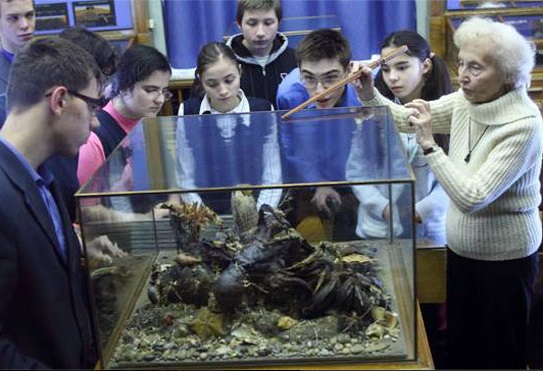
|
|
It has been strongly believed that good education must be the most important of all abundant traditions of the University. Many of the its customs and traditions can be traced to roots in the early years of the University's long history: Tatianin’s day (the day of all students and the University’s anniversary), the Graduation Celebration, Days of Faculties, Lomonosov Conference, the Ball of MSU, the public lectures on cutting edge research and many others.
Still there are a lot of new ones where the University is taking a lead, such as the Science Festival, that originated within the University, but eventually spread round the whole country and now gathers millions of people in all the parts of the Russian Federation. It demonstrates achievements of science and technology in a way it is interesting and engaging to each and every person of any age.
The 21st century was marked by an innovative project of moving frontiers to the New Territory with a Fundamental Library and technological facilities of Dolina Vorobievy Gory created for the advance of science and technology. The educational paradigm must adapt to the needs of every generation and challenges of the upcoming age.
